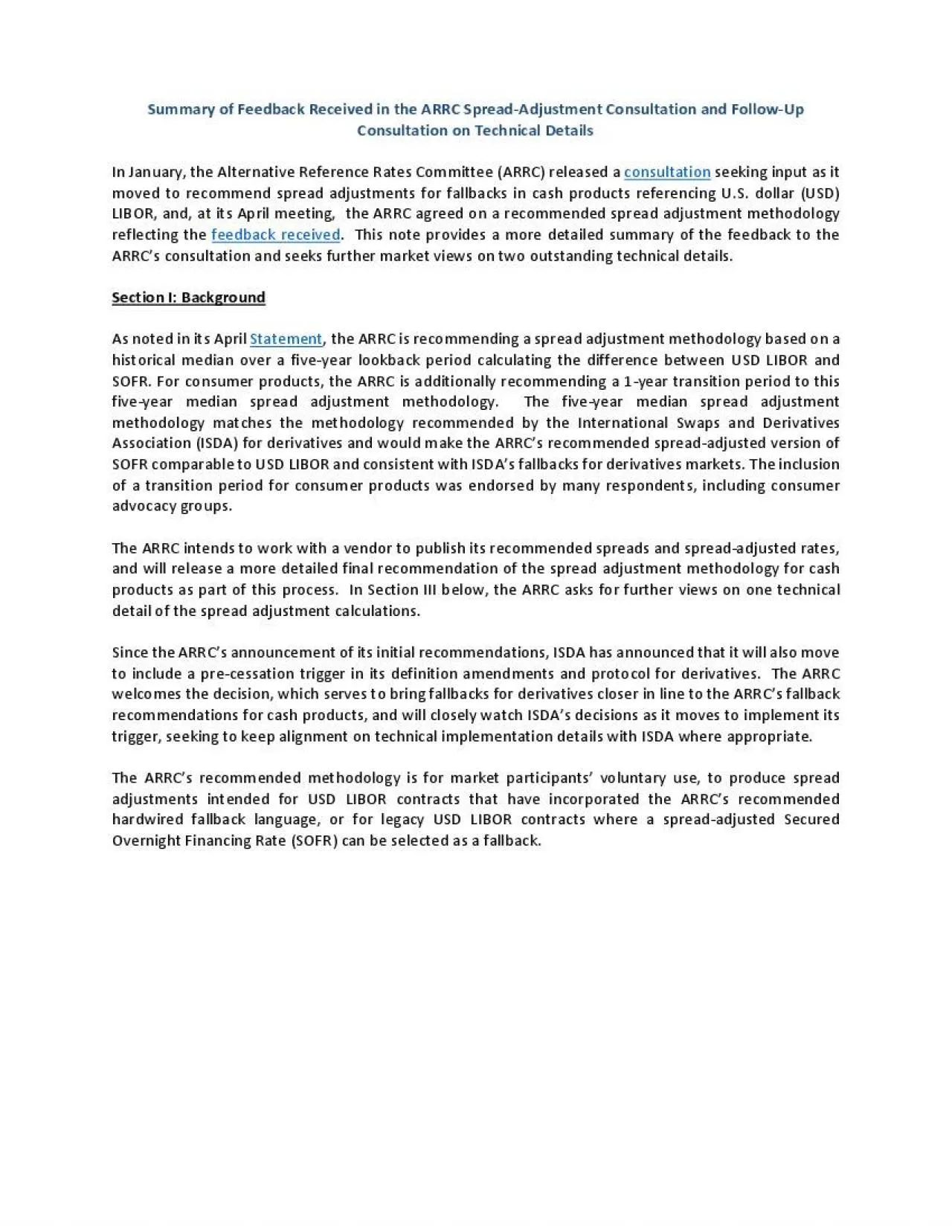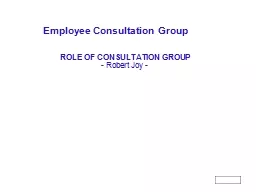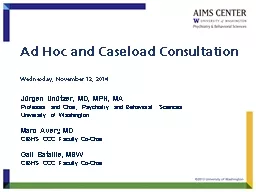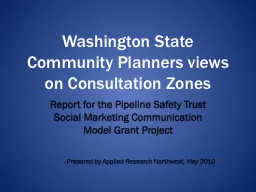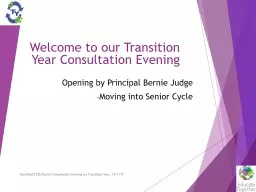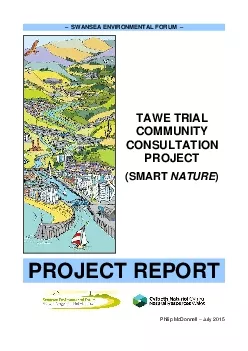PDF-Summary of Feedback Received in the ARRC SpreadAdjustment Consultation
Author : walsh | Published Date : 2021-10-05
seeking input as it feedback received This note provides a more detailed summary of the feedback to the ARRC146s consultation and seeks further market views on two
Presentation Embed Code
Download Presentation
Download Presentation The PPT/PDF document "Summary of Feedback Received in the ARRC..." is the property of its rightful owner. Permission is granted to download and print the materials on this website for personal, non-commercial use only, and to display it on your personal computer provided you do not modify the materials and that you retain all copyright notices contained in the materials. By downloading content from our website, you accept the terms of this agreement.
Summary of Feedback Received in the ARRC SpreadAdjustment Consultation: Transcript
Download Rules Of Document
"Summary of Feedback Received in the ARRC SpreadAdjustment Consultation"The content belongs to its owner. You may download and print it for personal use, without modification, and keep all copyright notices. By downloading, you agree to these terms.
Related Documents

